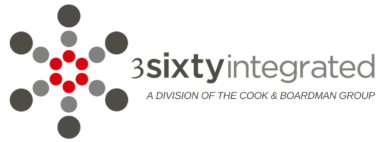
There are three standards which must be addressed in any health care facility’s HIPAA Security Rule checklist: administrative safeguards, physical safeguards, and technical safeguards. Often, healthcare facilities manage their administrative safeguards by creating processes and protocols, but may be less versed in technical and physical security requirements. After all, they are busy saving people’s lives! Working with third parties with extensive healthcare industry experience is critical for ensuring compliance with the HIPAA Security Rule.
The Basics of a HIPAA Security Rule Checklist
Once personal health information (PHI) is released, it’s out there forever. As such, providers have a high level of responsibility in collecting, storing and sharing this information and must establish protocols in line with the HIPAA Security Rule. Breaking down a HIPAA Security Rule checklist to its three standards helps healthcare providers manage this task.
Administrative
- Overall security plan: This documents the facility’s approach to the protection of PHI as well as technology and devices in use to manage the process.
- Risk analysis: Facility managers must regularly assess the risk of breach to PHI and take measures to guard against it.
- Key parties: Responsible parties create HIPAA based protocols and determine who is accountable. These individuals will also decide on appropriate training for employees and provide it.
- Contingency plans: Disaster recovery plans should be in place in the event the network goes down to offer an alternative way to retrieve information.
Physical
- Facility access: This covers who is allowed to enter what areas and why. Facilities must have sufficient barriers to prevent unauthorized ingress and egress. Higher access should also be required to enter records storage areas or use workstations.
- Workstation use: In this, facilities must consider how visible and accessible PHI is to the public. An individual should not be able to view PHI unless they’re in front of the screen and signed in under a unique user ID.
- Device management: This category includes controlling who can access hardware like laptops, cell phones, and other items which may offer a route to internal networks which hold PHI.
Technical
- Access management: The programs in place to prevent unauthorized access should include an updated database with tiered permission based on who needs to know what information. User IDs must be unique to ensure accountability.
- Device authentication: Devices connected to a network which delivers PHI should have two-factor authentication enabled. Non-company owned devices like personal phones and laptops should be blocked entirely.
- Transmissions security: Information traveling from the network to devices requires proper encryption. Transmissions need monitoring to ensure PHI isn’t accessed as it moves.
Complying with the HIPAA Security Rule may be challenging as it encompasses a wide array of technology, procedures, protocols, and duties. An effective way of managing this is to look to ways to automate many of the requirements for HIPAA.
Electronic Security Solutions for Managing HIPAA Compliance
While there is no way to automate the entire HIPAA compliance process, there are ways facilities can cut down on the burden. Certain electronic security systems and programs help to streamline access management and simplify reporting for busy healthcare providers, such as:
- Access control and credentials. Access control systems limit who can enter a building based on a permissions database which connects to electronic key cards or app-based credentials. These systems also track access attempts and enable facilities to monitor individuals attempting to enter a restricted area.
- Surveillance and alarm systems. Security cameras and door alarms deter people from attempting entry to unauthorized areas. Health care facilities should ensure cameras are installed in a way which prevents them from capturing PHI and that footage viewing is kept to a minimum to avoid accidentally seeing something confidential.
- Integrated software. Healthcare organizations must be able to provide evidence that they regularly update programs designed to protect PHI. Using software which can connect to active directories and security devices allows these facilities to track and report updates automatically.
Establishing an internal HIPAA Security Rule checklist helps healthcare providers be proactive regarding the protection of PHI. As even one breach could result in fines, penalties, and loss of business, these providers need to stay on top of this at all times. Electronic security systems help facilities manage access and reporting while reducing time investment for busy medical providers. Maintaining HIPAA compliance for healthcare facilities is often a difficult task, but electronic security integration can simplify it so that more time and energy can be spent on healing patients and saving lives.
3Sixty Integrated has extensive experience working with healthcare clients who must remain HIPAA compliant. Our SiteOwl software supports this compliance by providing detailed security system information and simplified access database management through active directory integration. For more information, call (210) 545-1770 or fill out our contact form.

